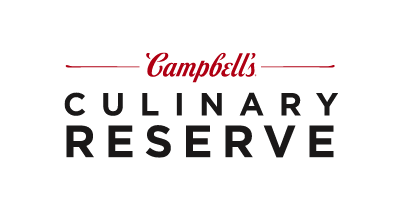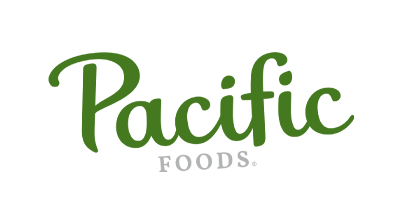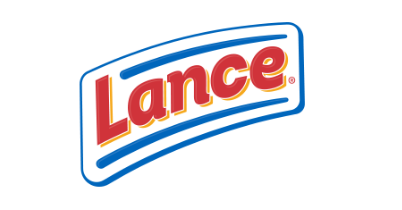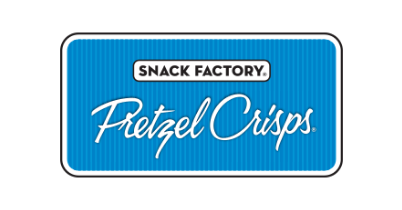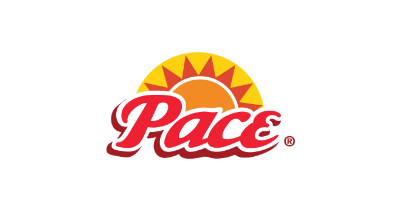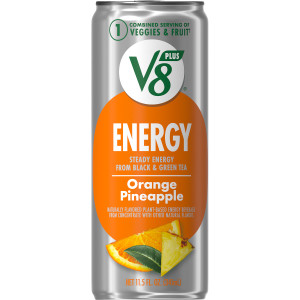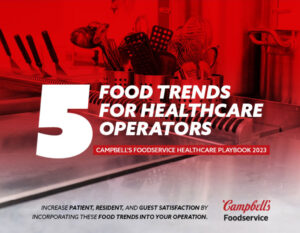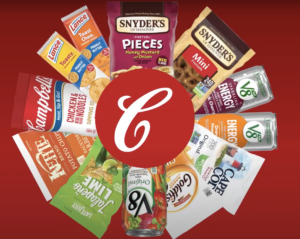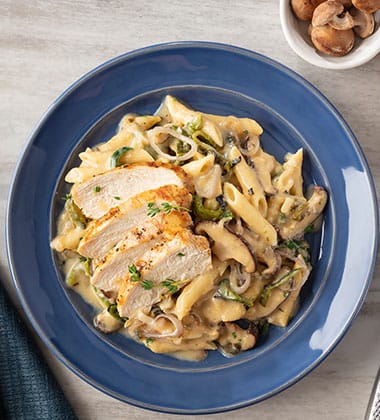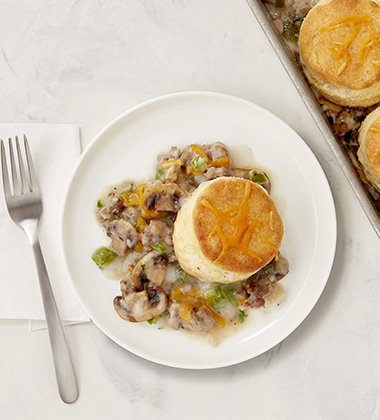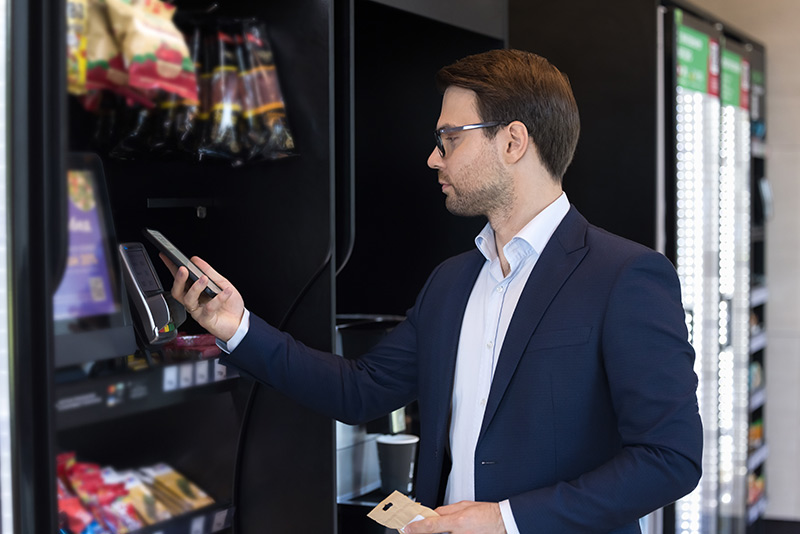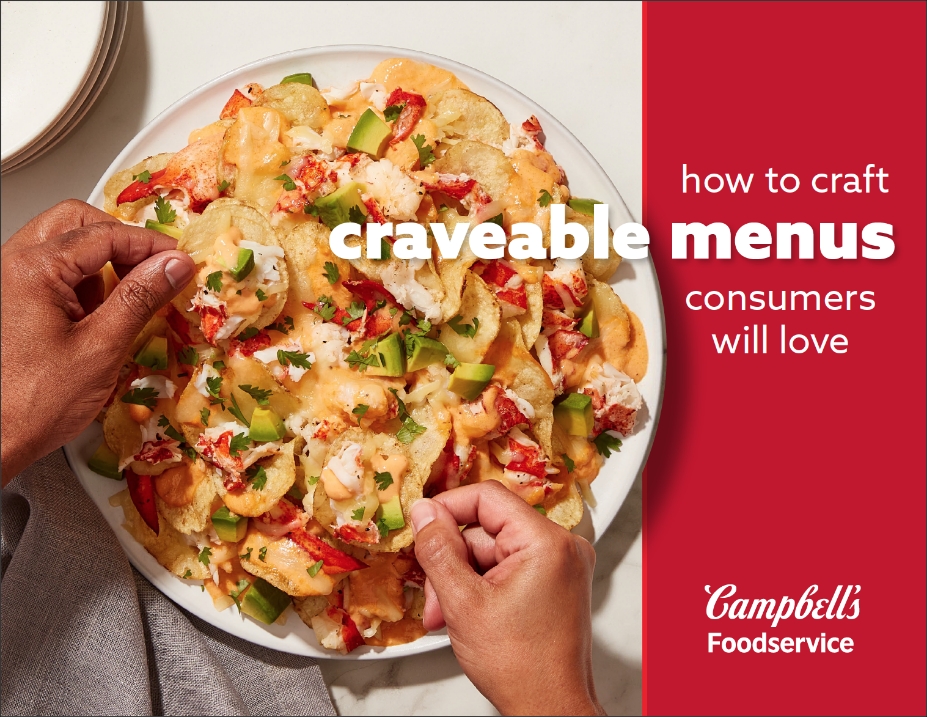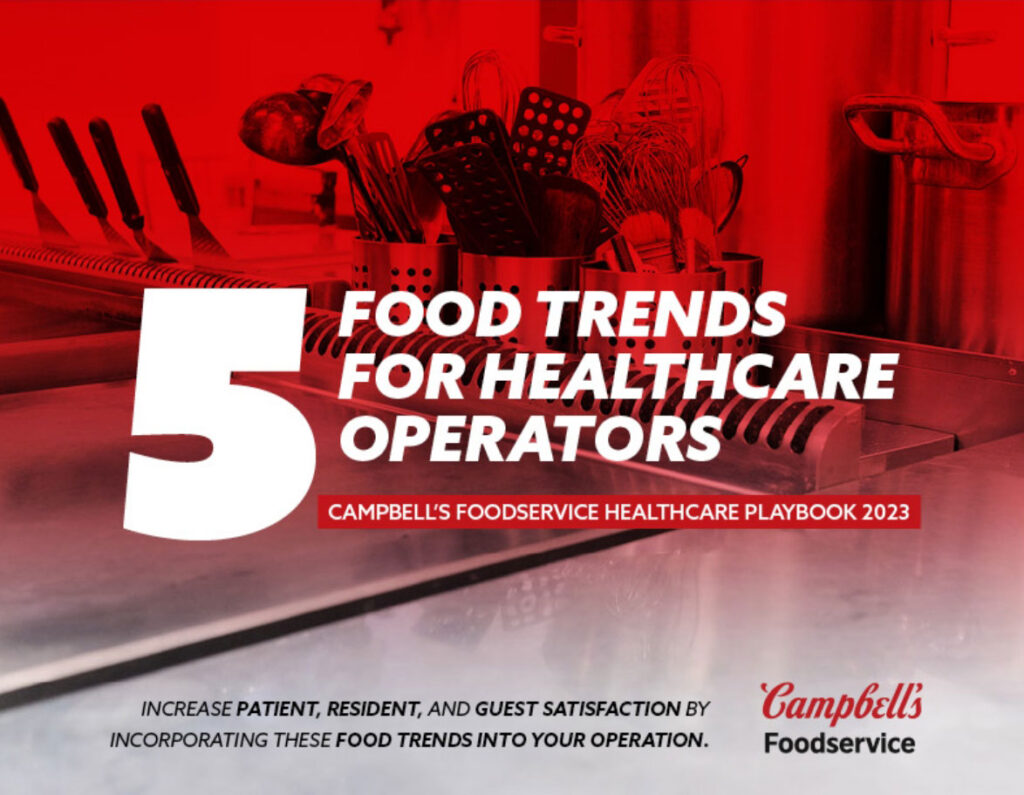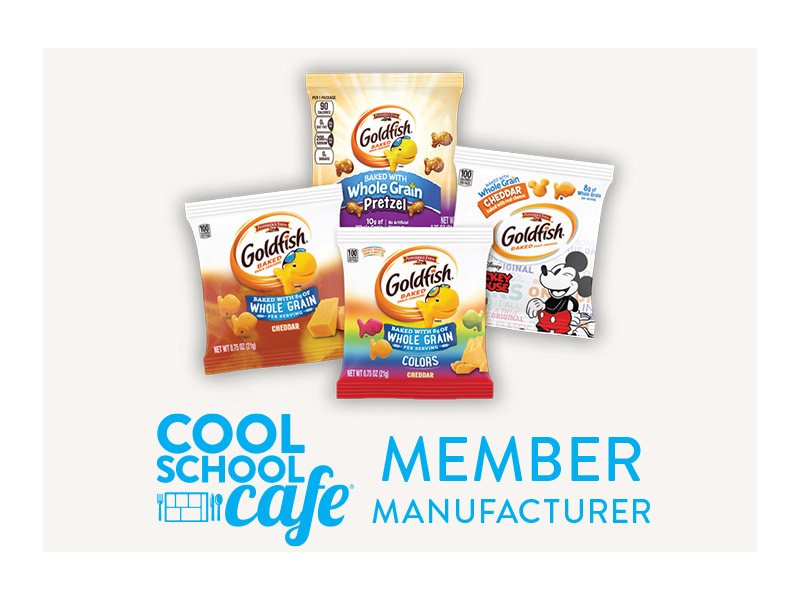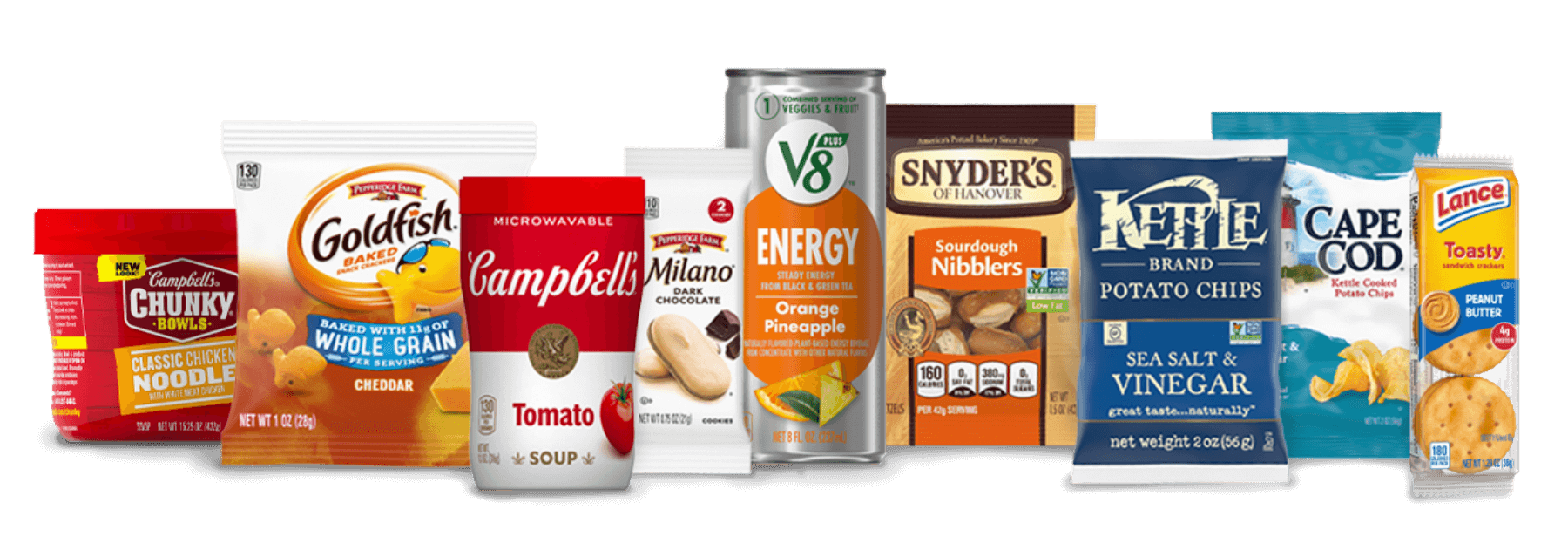Healthcare operators know a nutritious, well-balanced diet is an important part of an overall wellness plan and can help prevent, manage, or even reduce certain health conditions. But they also are familiar with one of the challenges of putting together a meal plan: getting people to actually eat the food.
Hospitals, long-term care facilities, and senior-living communities are all too familiar with data that shows most people in those environments leave much of the food served on their plates.1 The push and pull between healthy versus comforting food can complicate the situation. Market researcher Datassential found 60% of consumers want healthy options from healthcare facilities. But people also want food that’s familiar, even indulgent. The same Datassential report showed 45% of consumers prefer “tasty” food, while 41% said they wanted healthier versions of traditionally “bad-for-you” foods.2
“Nutrition in the hospital can be tricky, between being a good example of a healthy way of eating versus providing foods that are familiar and comforting to the patient and provide enough nutrition to meet the patient’s needs,” said Brooke Lipe, RD, LD, a clinical dietician at St. Joseph’s Hospital, part of the Hospital Sisters Health System in Springfield, Illinois. “Most of the time the patients are looking for comfort food. Being that they are sick and their appetite may be poor, it can be difficult for them to find menu items that appeal to them.”
Lipe added that all of the meals served at HSHS are portion controlled and are made with less sodium and fat, so most items are cardiac friendly.
To meet the demand for food that’s good, as well as good for you, healthcare operators can use enhanced flavor profiles, different cooking techniques, new ingredients, or a combination of all three. Here are some ideas to consider.
Rethink Traditional Favorites
Many healthcare operators have begun offering healthier versions of popular items, such as substituting turkey burgers for beef hamburgers or oven-baked french fries for the deep-fried version. Campbell’s Foodservice also offers a wide variety of prepared food items—including soups, snacks, sauces, and beverages—that meet dietary restrictions such as low sodium or preferences like gluten-free or vegan.
Using different herbs and spices is another way operators can avoid sacrificing flavor in many of their dishes. For example, for patients or residents with high blood pressure or other cardiovascular concerns, salt can be replaced with other seasonings, depending on the dish, including basil, curry powder, lemongrass, and cumin.3
Feature Meatless Alternatives
Plant-based fare is gaining popularity on menus across the country, and healthcare facilities are no exception.
NYC Health + Hospitals made plant-based food the default option at all 11 of its hospitals. The menus—featuring meals such as a black-eyed pea casserole served over cornbread with plant-based cheese, a pasta Bolognese that includes a variety of mushrooms and a jackfruit burrito—have proven popular with patients. The plant-based dishes are selected about half the time, and patient satisfaction is more than 90%.4
Make Soup a Staple
Many people looking for a comforting option turn to soup, especially if they’re in recovery mode or trying to deal with other health issues. Single-serve soup is quick to prepare, offers nutrients, and is easily tailored to specific dietary needs. Operators also can offer a variety of soups to meet individual preferences, such as Campbell’s® Ready to Serve Low Sodium Chicken Noodle, Cream of Mushroom, or Tomato with Tomato Pieces. These 7.25 ounce, single-serve soups are a quick solution—just heat and serve.
Soups can also be used as an ingredient to bring additional flavor to a healthy dish. For example, operators can offer a Chicken and Spinach Lasagna Bowl made with Campbell’s® No Salt Added Condensed Cream of Chicken Soup or Beef Stroganoff made with Campbell’s® Healthy Request® Cream of Mushroom Soup.
Provide Grab-and-Go Options
Of course, healthcare operators feed more than just patients and residents. Visitors and staff are also consumers of the food served at the facilities, and they have the same demands for healthy, tasty options.
Nutritious grab-and-go items—whether in a kiosk, vending machine, or cafeteria—not only provide needed nourishment and energy but also offer a quick solution for people who may be pressed for time. There are numerous options for filling this need including snacks, beverages, and soups.
Promote Healthy Choices Prominently
People, however, won’t be able to take advantage of healthier food if they can’t find it. This is true both for in-room menus and cafeteria settings.
For example, Brigham and Women’s Hospital, part of the Mass General Brigham healthcare system, used choice architecture principles when it redesigned its cafeteria. Healthier food and beverage options were placed upfront in easy-to-see locations, while more indulgent items were positioned in the back. 5
At the core of their mission, healthcare operators want to make their patients and residents feel better. One way to achieve this is by providing healthier versions of the comfort foods people love to eat.
Campbell’s Foodservice is your healthcare industry partner. For additional tips, recipes, and ideas visit the Healthcare section of Campbell’s Foodservice website.
1 “State of the Industry for Vending and Micro Market Report: 2022 Was a Year of Continued Recovery,” VendingMarketWatch.com, June 21, 2023
2 “State of the Industry for Vending and Micro Market Report,” VendingMarketWatch.com, August 9, 2023
3 “90% of Companies Will Return to Office By the End of 2024,” Resume Builder, October 13, 2023
4 The Case for Micromarkets, Technomic, 2022
5 “Fresh, Frozen and Healthy Options for Vending and Micro Markets,” VendingMarketWatch.com, August 16, 2023
6 “2022 Food and Health Survey Spotlight: Snacking,” Food Insight, December 2, 2022

